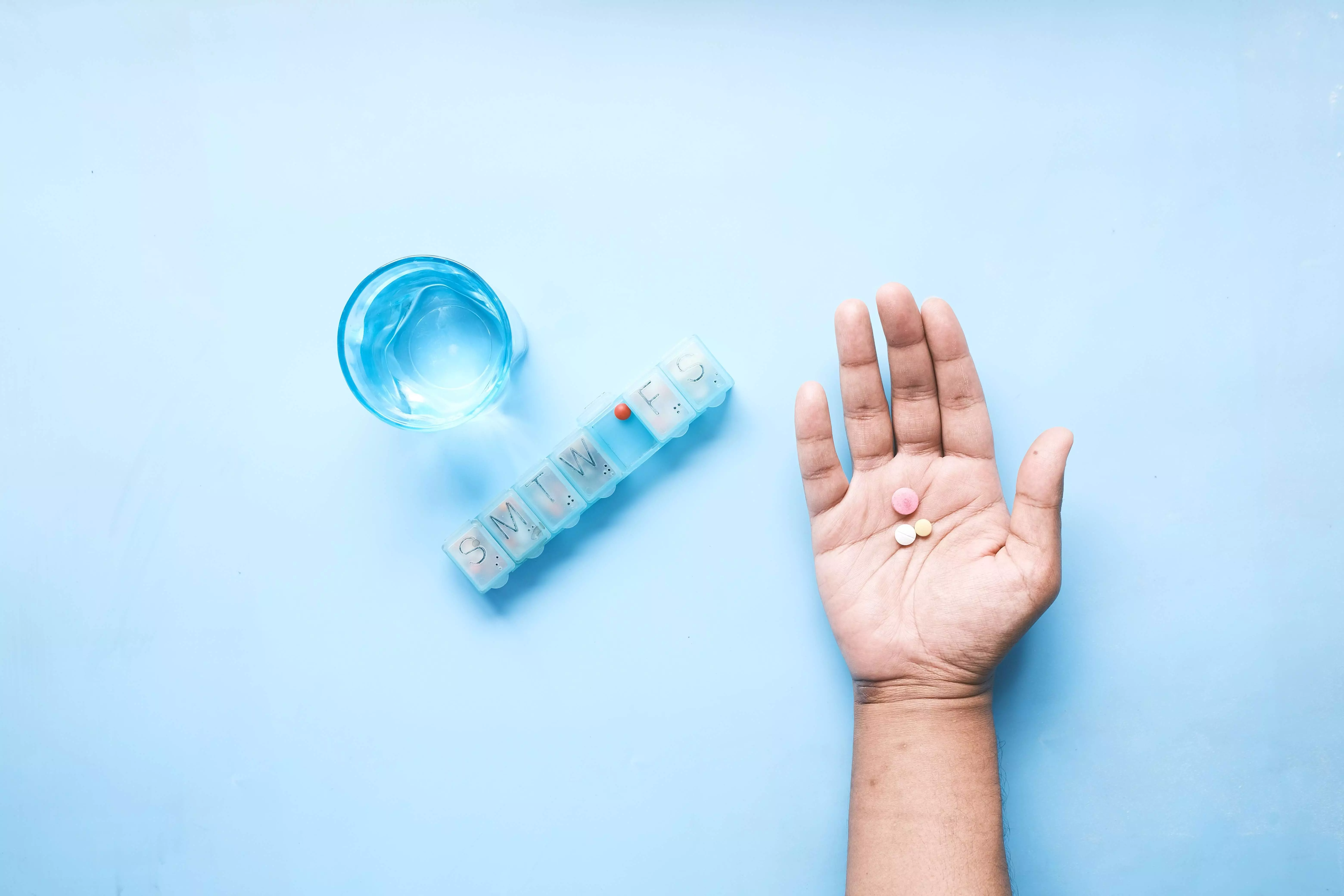Overdosed!
Excessive use of antibiotics that increases the dangers of antimicrobial resistance has been found in a recent study

Overenthusiastic use of antibiotics can cause antimicrobial resistance (AMR), wherein bacteria, viruses, fungi, parasites, and such other undesirables would no longer respond to medicines. A new report that clearly shows several Indian medical institutes faltering on its antibiotic policy has rocked the health fraternity of India. Though I suspect that its findings on misuse of antibiotics have long been an open secret.
As per a study conducted by the National Centre for Disease Control (NCDC) and released by the Union Ministry of Health and Family Welfare, over 57 per cent of antibiotics prescribed in India are highly likely to cause antimicrobial resistance (AMR). In lay terms, it means that most of these antibiotics are categorised in a group of drugs that through genetic mutation of bacteria eventually render the human body unresponsive to antimicrobial medicines. Essentially, if antimicrobial medicines can’t fight bacteria and viruses, it means that humans would have no ammunition to prevent or fight infectious diseases. In fact, they could actually help spread antibiotic-resistant mutated infections to others. A health crisis has been brewing exacerbated by the Covid-19 pandemic.
AMR is no small threat with the World Health Organisation (WHO) worried enough to place it in top 10 public health hazards in 2019. As per the WHO, “AMR is a natural process that happens over time through genetic changes in pathogens. Its emergence and spread is accelerated by human activity, mainly the misuse and overuse of antimicrobials to treat, prevent or control infections in humans, animals and plants”. Globally, 4.95 million people died due to drug resistant infections in 2019, of which 1.27 million deaths were caused directly by AMR. 1 in 5 of these deaths were caused in children below 5 years of age. In India, 297,000 deaths were due to AMR and 1,042,500 deaths were associated with AMR.
The NCDC survey, conducted over a period of six months from November 2021 to April 2022, included 9,652 patients and 12,342 antibiotic prescriptions across 20 tertiary care institutes across India. Over 57 per cent of the drugs belong to the “watch group”, which have a higher potential to develop antibiotic resistance”. 38 per cent of the prescriptions were from the “access” group, which has a lower chance of causing AMR. Around 2 per cent of the antibiotic prescriptions were from the “reserve” group used to fight severe infection.
The rampant misuse of antibiotics is very plainly seen. Think of the last time you or a loved one was hospitalised. Even a viral or bad cold has some doctors ordering a retinue of medicines, including several antibiotics. Overdosing patients, sometimes with multiple antibiotics, is more common than you’d think. As per NCDC’s findings, of the surveyed patients, a whopping 71.9 per cent were put on antibiotics, from 68.6 per cent in paediatrics to 78.9 per cent in intensive care units. Around 4.6 per cent of patients received four or more antibiotics. Patients in general medicine (60 per cent) usually were on one antibiotic, patients in obstetrics and gynaecology (26.9 per cent) were on three or more antibiotics, while altogether, about 53 per cent patients were on more than one antibiotic.
Lack of proper regulation and abysmal prevalence, monitoring, and implementation of an antibiotic policy in medical institutes expose the lax state of affairs. The NCDC study found that only 8 out of the 20 institutes even had an antibiotic policy. Institutes must audit their usage of antibiotics and regularly conduct the Point Prevalence Survey (PPS) methodology of the WHO to keep overuse at bay. And as a beacon of hope, perhaps a family health centre (FHC) in Kerala can show the way. The FHC in Kakkodi (Kozhikode district) became India’s first antibiotic-smart hospital. As part of the antibiotic literate state campaign, Kerala was also the first state to announce an antibiotic policy to tackle the global health threat. Both central and other state governments must follow suit.
The writer is an author and media entrepreneur. Views expressed are personal



